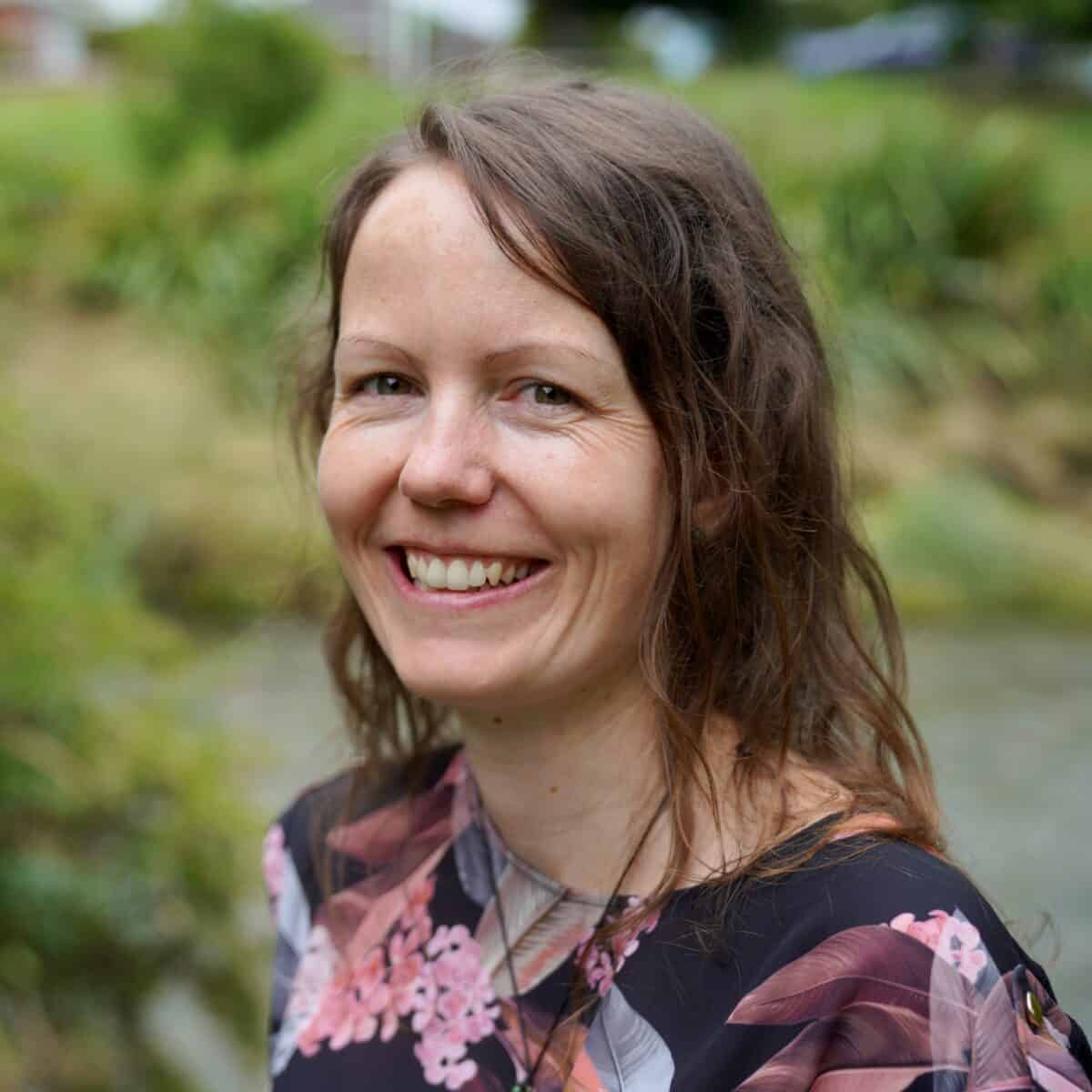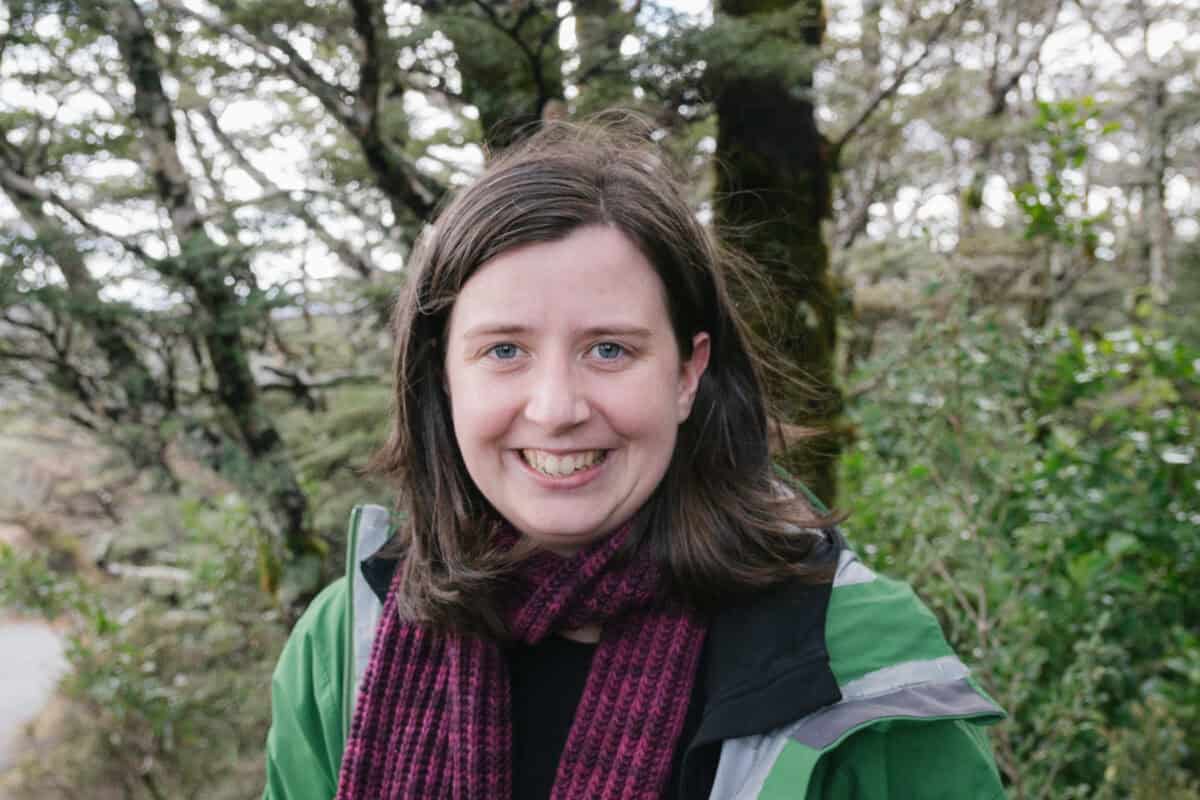Social scientist Kiely McFarlane (Cawthron Institute) has a background in environmental geography and governance. Understanding and supporting community groups has been central to Kiely’s involvement with the Challenge.
During Tranche 1, Kiely, along with Kiri Joy Wallace, Joanne Clapcott and Danielle Shanahan, interviewed 27 restoration collectives around the country to understand what types of organisations they were, their mission and activities, and how they were funded. The project was published in 2021 as a report and has just been accepted as a paper.
With a snapshot of the range of restoration collectives across the country, researchers were well positioned to dig a little deeper into the types of roles these organisations play in the broader restoration landscape and what they need to be supported in their work.
To help formulate this mahi, Raven Cretney (Lincoln University and the University of Waikato) joined the team. Raven is a social scientist with a background in geography and political science who has co-led the project with Kiely for nearly two years now.

In 2022, Raven and Kiely started a shared learning network to support and learn from 15 community conservation collectives. This network has been accompanied by three exemplar studies with Reconnecting Northland, Predator Free Wellington, and Ōpāwaho Heathcote River Network, which have provided in-depth insights into the work of collectives. An overview of this research was presented at Crazy & Ambitious 4. Be sure to check out these exemplars in the links above and the amazing teams who drove this work.
By bringing the network together, Kiely and Raven learned a lot about the role of collectives in the broader conservation landscape.
“Community groups are sometimes treated as simply people on the ground who are planting trees and doing monitoring,” says Kiely. “What we’ve noticed is how much of a leadership role these collectives are playing. Their vision is huge, some are looking at 100-year timelines for recovery across large areas. They’re organisations that have the ability to make really significant changes in the landscape.”
Raven highlights that these groups get great results, often with little resourcing.

“These community organisations are incredibly well placed to do what they do,” says Raven. “They have everything they need in terms of connections, local knowledge and relationships.”
Raven and Kiely have learned a lot from the collectives, some of which has been compiled into this video. And the nature of the network has meant that collectives have been enabled to learn from each other.
“We wanted to help break some of the isolation that community leaders feel, especially those working in remote areas or without a lot of local support,” says Kiely.
The network, which is operated through in-person and online wānanga, provides opportunities for peer learning. At one wānanga, the host collective shared that they were dealing with significant slips, caused by extreme weather events and Cyclone Gabrielle.
“Their group restores and protects freshwater systems,” says Kiely. “They were experiencing a lot of sedimentation, and they didn’t know how to manage it.”
A collective from Christchurch had been trialling different kinds of sedimentation mitigation. They were able to connect and discuss possible solutions.
“To hear from another leader on the ground about what’s working, the potential outcomes, and the costs involved is so useful,” says Kiely.

With BioHeritage ending, funding is required to continue the facilitation of this network.
“To best support a shared learning network like this, you actually need a paid coordinator or facilitator,” says Kiely. “We are looking for either a host organisation or additional resourcing to sustain engagement.”
Kiely and Raven have done a series of interviews with the collectives asking them about the value of the network. The collective leaders have found it extremely rewarding to have the opportunity to connect, both in learning from each other as well as the networking opportunities.
“There’s real value being delivered through this network and it would be great to keep that going,” says Raven. “They will continue with their own work, regardless, but they’re in a position where continued support for the network would support longer term benefits to the collective leaders and their organisations.”
Join Kiely and Raven on 25 June at 12pm for a webinar summarising insights that emerged from the shared learning network and six key ways that collectives help to amplify community-led restoration in Aotearoa. You can register for the webinar here.
Jenny Leonard
